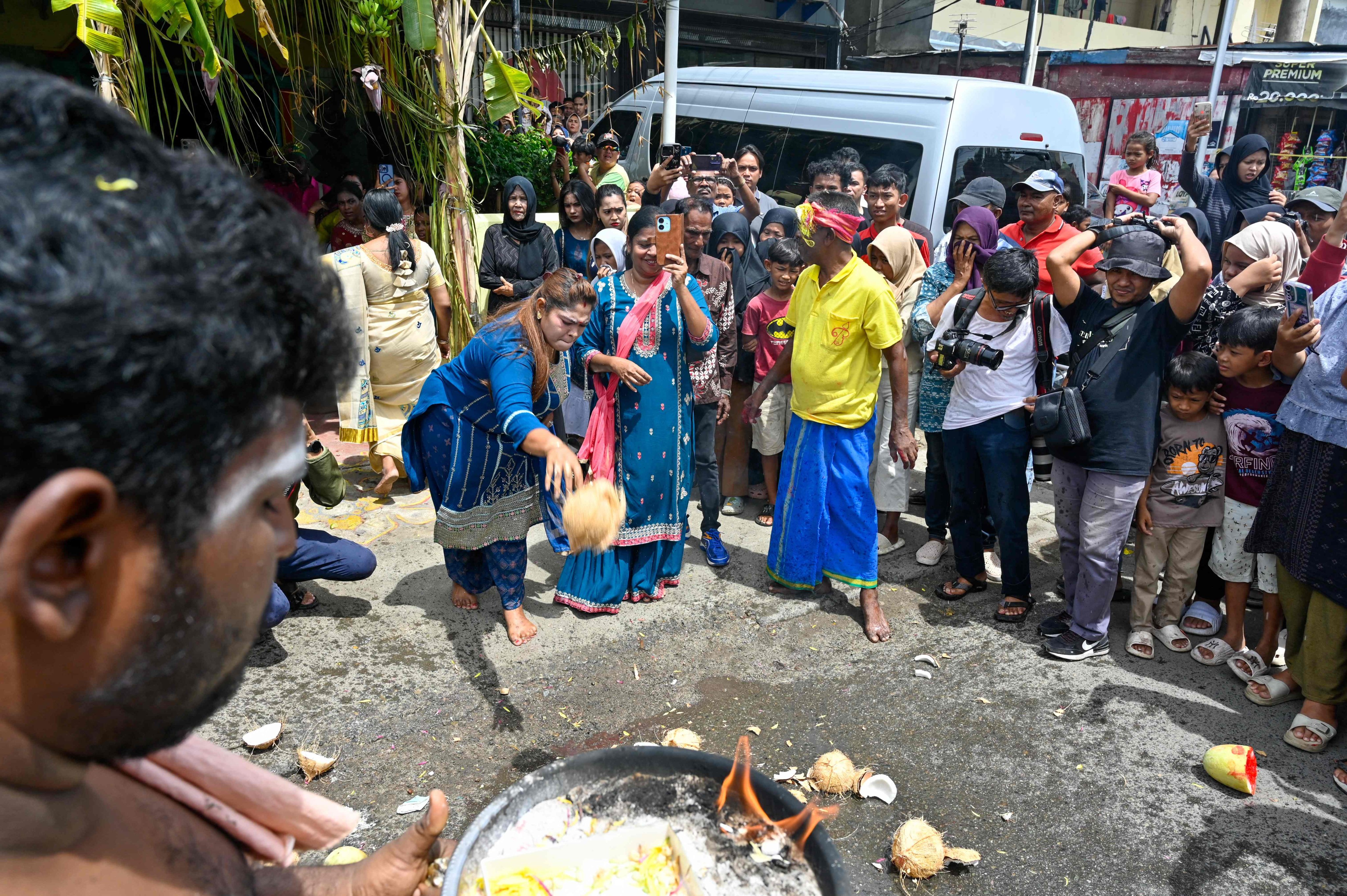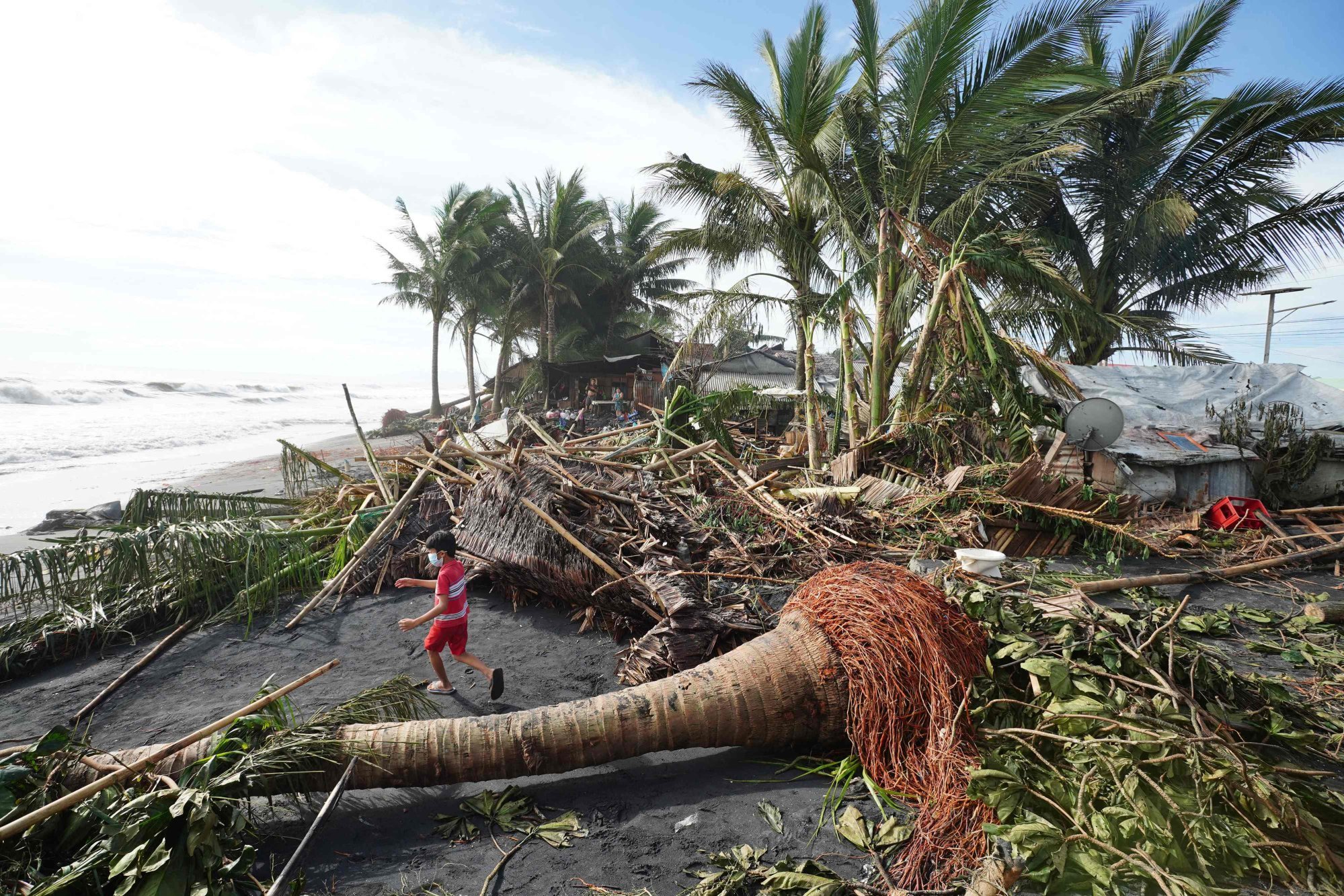Coconut price surge a chance to aid Southeast Asia’s small farmers
Looking after a long-neglected sector will fix economic injustice and help preserve a crop deeply rooted in the region’s cultural identity

Southeast Asia is in the grip of a coconut fever. Indonesia saw coconut prices increase by 57 per cent year on year in May, and the same has been true in the Philippines since late 2024. Prices have more than doubled in both Thailand and Vietnam. This surge was driven by an increase in coconut exports, particularly to China.
As a home to several of the world’s coconut powerhouses, the price surge represents both opportunity and crisis for Southeast Asia. The region’s aggressive export push has succeeded beyond expectations. Unfortunately, this export-driven price surge, while representing an opportunity, has helped create domestic shortages.
At the same time, 98 per cent of all coconut production in the region is contributed by smallholders who face a dilemma of their own. Many lack the resources to capitalise on the price surge. Ageing trees require replacement, but new palms take years to reach full production. Without sufficient financing, better agricultural practices and protection from exploitative middlemen, even historically high prices will fail to lift many smallholders out of poverty.
The disconnect between commodity prices and smallholders’ welfare reveals a fundamental injustice plaguing the industry. Most of the industry is smallholders who manage less than two hectares. They earn little and, after spending on inputs, labour and transport, have even smaller profits.
This systemic undervaluation stems from decades of neglect. Unlike staple crops such as rice or lucrative exports such as palm oil, the coconut has historically been treated as the unloved orphan of Southeast Asian agriculture.
The contrast with palm oil is particularly stark. Indonesia’s palm oil industry receives substantial government subsidies, tax breaks and investment. These advantages, coupled with palm oil’s higher yields per hectare, have driven rapid expansion which directly threatens coconut cultivation.
Even where coconut cultivation persists, declining productivity threatens its viability. An estimated 90 per cent of coconut trees across Southeast Asia are past their productive prime. Older coconut trees yield less, further reducing overall productivity. Replanting would restore productivity, but the long wait for new trees to mature presents a financial barrier few smallholders can overcome without assistance.
The problem of ageing trees is compounded by climate-related challenges. In the Philippines, El Nino-fuelled droughts slashed coconut yields by an estimated 20 per cent in 2024 alone. In the past three years, more than 3 million coconut trees have been ripped out by intensifying typhoons.
Despite these challenges, protecting and revitalising Southeast Asia’s coconut industry remains both possible and necessary. Governments must stop treating coconut smallholders as second-class citizens and roll out robust support on par with other major crops. That means subsidised replanting schemes as well as crucial bridge financing to tide smallholders over during the lean years of replanting.
Investment in research and extension services must increase dramatically. Technical assistance for integrated pest management, climate adaptation and intercropping systems could significantly improve productivity and resilience.

Beyond financial support, market reforms must address the price injustice inherent in current value chains. Smallholder co-operatives need support to bypass exploitative middlemen and directly access higher-value markets.
Additionally, governments should recognise coconut farming’s environmental benefits. Traditional coconut groves sequester carbon, support biodiversity and prevent coastal erosion. Payment for ecosystem services could provide additional income streams while incentivising sustainable practices.
Coconut industry reform demands urgent action beyond goodwill. The Philippines’ 75 billion peso (US$1.4 billion) Coconut Farmers and Industry Trust Fund supports smallholders, while Indonesia is contemplating a coconut export tariff to help fund replanting. The opportunity for prosperity exists, but what is lacking is the political will to scale it up.
Beyond economics, the coconut’s value is deeply rooted in cultural identity. When a grove vanishes, what is lost goes far beyond trees. It takes with it centuries of cultural heritage, tightly woven community bonds and irreplaceable traditional knowledge.
In Bali, coconuts are sacred symbols central to Hindu rituals and offerings. They are ever present in local cuisines: rendang, one of Indonesia’s most popular dishes, requires coconut oil and milk. Without coconut, entire ways of life slip irretrievably away.
Today’s price surge is not just a crisis, it’s a once-in-a-generation opportunity to reinvest in a neglected industry. With appropriate interventions, today’s high prices could finance the transition to a more sustainable, equitable coconut industry rather than simply triggering a boom-bust cycle.
Many coconut smallholders plant not just for themselves but for generations to come. Will their governments and companies finally recognise the value of what they do? The choice governments and companies make now will determine whether the next generation can continue these traditions or be forced to leave the land behind. Southeast Asia’s answer to this question will shape the region for decades to come.